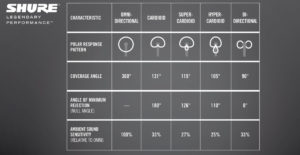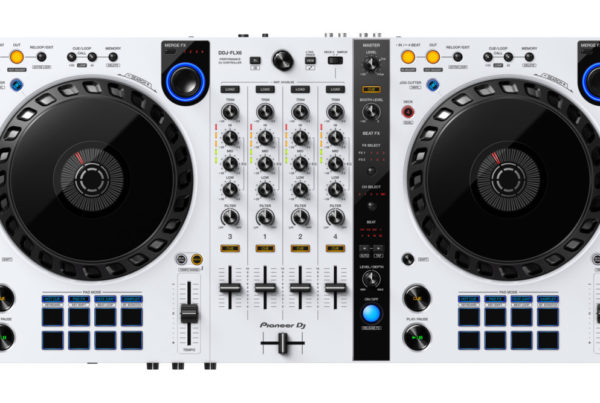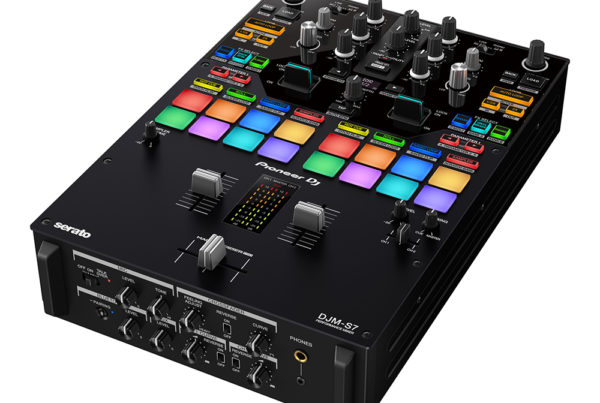Singers, musicians, speakers, voice actors, fitness coaches, podcasters, DJs, TV and radio announcers — everywhere you turn, when it needs to be heard, there’s a microphone for that. Every microphone works with patterns. What are those patterns and how do they affect the sound? Herein is a brief guide with thanks to Shure, one of ShopProductionWorld.com’s featured brands.
- Let’s start with one of the more common patterns — cardioid.
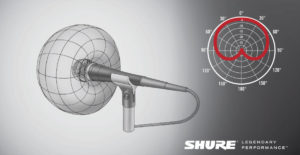
Cardioid microphones are perhaps the most popular because the pattern allows for more sensitivity at the front and less in the back. This helps the user avoid the interference of unwanted ambient sound and offers much more resistance to feedback compared to omnidirectional microphones. Musicians and singers use them in order to achieve clarity and reproduction on a stage saturated with sound.
The Shure 55SH Series II vintage microphone is a typical and classic example.
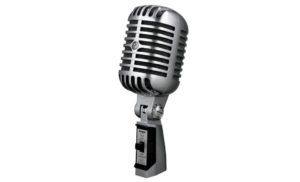
- When you want to take noise resistance up a notch, that’s where a microphone with a supercardioid polar pattern will fit the bill.
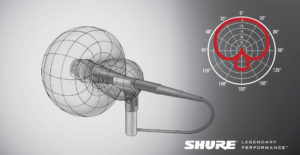
The secret is the narrower pickup. However, they will pick up sound at the rear, which means that placing monitors in the right location is important. In a loud environment, these microphones are perfect, especially when capturing single sound sources. When you want even more resistance, enter the microphone with the hypercardioid polar pattern.
The Shure Beta 58A is one of the most popular supercardiod microphones you’ll see in a loud situation.
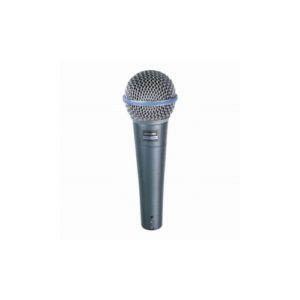
- The omnidirectional microphone is very effective in environments not challenged by overwhelming proximity sound.
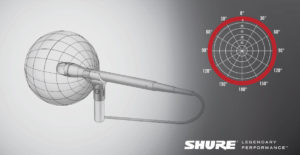
Essentially, the omnidirectional pattern is sensitive at all angles. These kinds of microphones are particularly effective for speakers, voice actors, lead singers, harmonica players and comedians who tend to move around as they perform. They’re also effective when recording pianos.
The Shure 520DX Vintage microphone is a favourite for harmonica players. It even features a volume control. It is affectionately known as the Green Bullet.
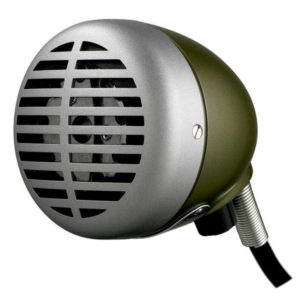
- The bidirectional polar pattern (also known as figure 8) captures sound from the front and rear, but not the side.
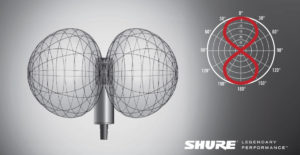
A typical application for this microphone is to record two background singers on one microphone. It can also be used to record two acoustic guitars, as long as there are no other sound sources on the sides.
The Shure KSM44A-SL is perfect for this type of application. It offers multiple polar patterns: bi-directional, cardioid and omnidirectional.
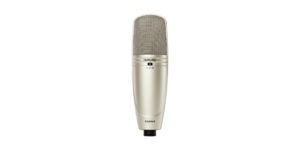
Although there are a couple of other patterns, such as the lobar polar pattern common to highly directional shotgun microphones, we elected to stick to the more common patterns to get you oriented. If you want to learn more about patterns, then visit Shure.eu to dive deeper. There’s also a very good video to watch at the link provided. And thanks to our friends at Shure. After all, we want to — ummmm — pattern our success by following their lead.
